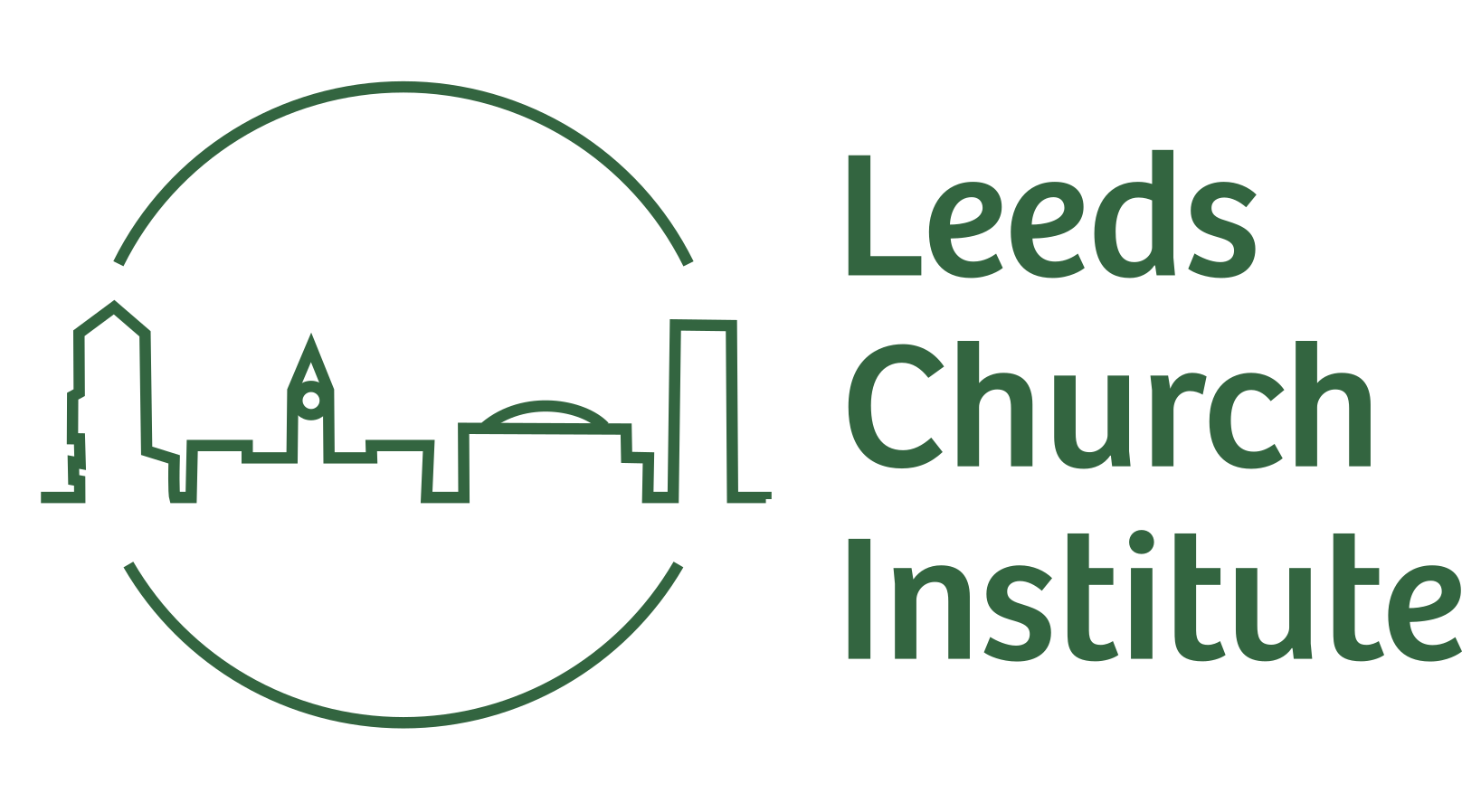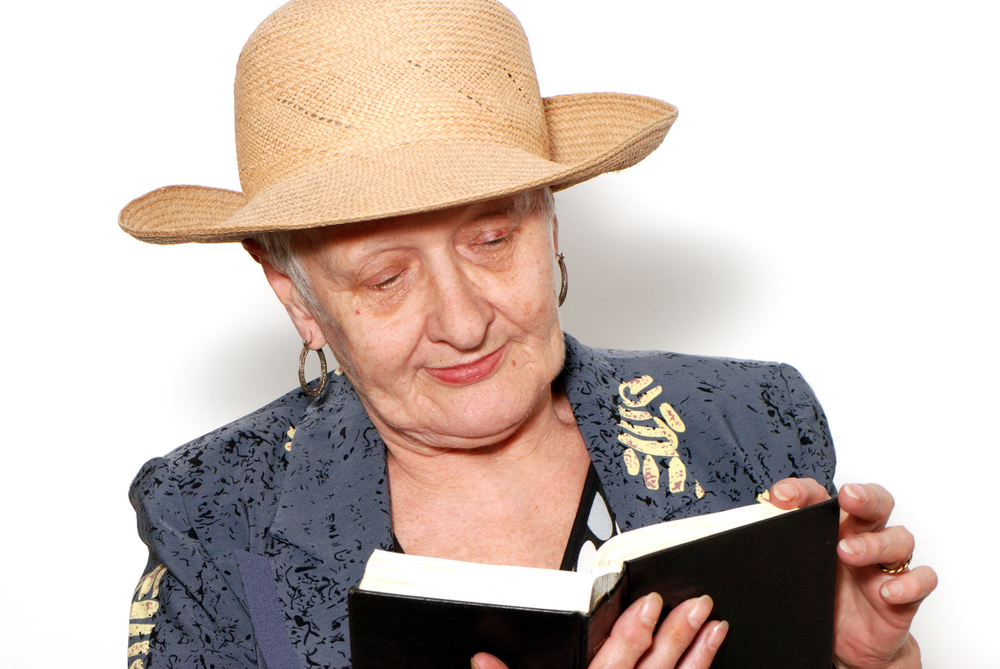 When explaining how she approaches biblical texts, Rabbi Esther Hugenholtz referred to Abraham Joshua Heschel who taught that ‘The Bible is primarily not man’s vision of God but God’s vision of man.’ In this way, the text can be seen as God’s anthropology not our theology.
When explaining how she approaches biblical texts, Rabbi Esther Hugenholtz referred to Abraham Joshua Heschel who taught that ‘The Bible is primarily not man’s vision of God but God’s vision of man.’ In this way, the text can be seen as God’s anthropology not our theology.
So, Rabbi Esther encourages readers to ask questions of the text. Questions like:
What can we learn about ourselves from a divine perspective?
What can we learn within the life-giving purposes of God for all people?
She advises readers not to expect to find only one simple answer to any given question. She quoted Mishnah Avot 5:22, “Turn it and turn it; for everything is in it” telling us to expect to find layers of meaning to explore and discuss. So don’t stop asking questions and look for answers that bring life.
On the same day that we heard from Rabbi Esther at LCI, we also heard from a Christian scholar, Dr Rachel Muers. Rachel, from a Christian post liberal perspective, encouraged us to look for multiple meanings in texts. If we purposely choose to read the text with others, in community, we will gather a range of interpretations and ways of understanding the text. That does not means that every interpretation is good, indeed, all can be examined under the guiding principle of God’s love for all. An openness to consider different readings is a fruitful way of approaching the text.
In common, both Esther and Rachel called for readings of biblical texts to be religiously grounded. It is not a simple exercise for its own sake, detached from people’s lives. It is how to live well and to discover what God requires of us. There won’t be only one answer to a question asked of the text, but there is a common purpose.
What have you learnt from the Bible recently – an insight into the nature of God or about how to live life well? Theology or God’s anthropology?

